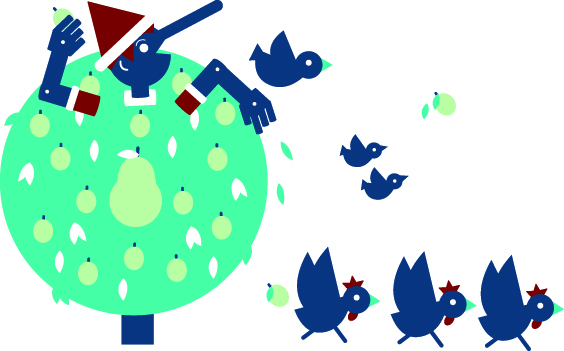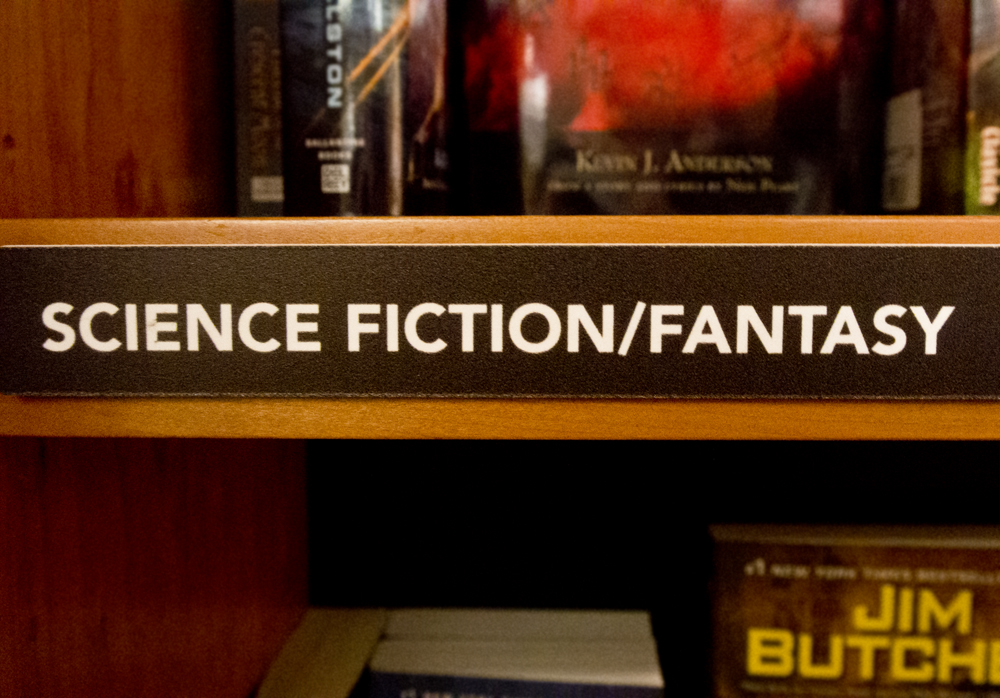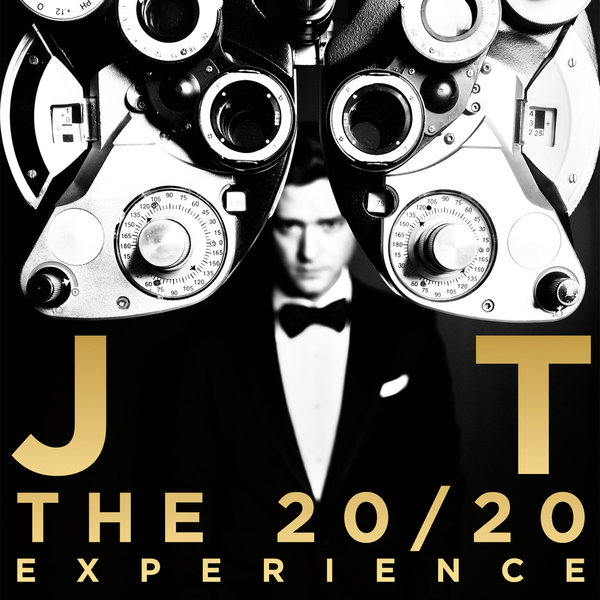“Christmas isn’t about presents,” never sat well with me. Even as a 7-year-old with dreams of PlayStations dancing in my head, I recognized that, sure, Christmas isn’t all about presents, but it is in part. Now at 24, an age where mothers stop even paying attention to the obligatory Christmas list they ask you to email them, I’m still not so sure that Christmas and other holidays aren’t largely about the stuff.
The stuff doesn’t necessarily mean presents, either. I’m sorry to tell this to festive parents attempting to raise super-children with no interest in material goods, but the mistletoe, latkes, ornaments, trees, dreidels and replicated nativities also commercialize and signify the holidays. I think that’s wonderful!
In the 1970s and 1980s, this guy Jean Baudrillard developed a theory of simulacra. The idea is that things in the world once represented reality. Then these representational things started to stand in for reality, and subsequent things started to represent the representational things. The best example I’ve heard is the 20th-century American front lawn. The American front lawn, at some point, became a more or less homogenous composite representation of “the front lawn”—basically the image of a square of short grass, a paved walkway, flowers, shrubbery and, perhaps, a fake flamingo. This idea of “the front lawn” now stands in for the original reality of the front lawn and is what other front lawns are copied against. A symbol like “the front lawn” that supplants reality’s representational role is a simulacrum.
Another case of simulacrum is the modern holiday. Instead of recognizing the pure truth of holidays—in this case, a sense of humanity, cheer and honor—we see holidays symbolically, like when we hear “Little Drummer Boy” playing lamely in the local 7-Eleven or see the dreadful giant Menorahs and lit pine trees they put in city parks. This is doubly true for college students, who spend the days leading up to the holidays away from hearth and home. They are, more often than not, actually surprised by simulations signaling the approaching holidays.
I think holiday cheer dissipates when one is farther away from home or tradition. Not to mention, at the risk of sounding like a “back in my day” guy, we’re prone to looking at our phones and feeling self-conscious in the Internet Age. This makes us less interested in holiday behavior like carrying on a jovial conversation with the person in front of us, dancing and singing to “Rockin’ Around the Christmas Tree” or sipping eggnog in the company of our insufferable relatives.
However, if we’re not interested in human interaction and actual experience, we’re still interested in materialistic spectacle. The more we can pretend to be excited about something by exploiting ostentatious stuff, the better. Nothing provides a more fertile plain for this sort of exploitative behavior than the holidays, where holiday simulacra have already been mass-produced and may be purchased at Target. I say we go for it.
In the case of the contemporary holiday, I think simulacra provide a nostalgic link back to a very real experience. For example, “the front lawn” reminds us of a carefree childhood, so we act carefree. By the same token, stringing our dorm rooms with icicle lights, lighting the Menorah’s nine candles diligently or baking a fruitcake can trick us into nostalgia that begets holiday spirit. In other words, we can move back down the chain of simulacra to the origin of reality.
It’s a small thing, but I watch Love Actually after Thanksgiving dinner every year. I try to decorate whatever godforsaken space I’m occupying during the holiday season. I give all the homeless some coin (which, in this city, will ruin me this year). These little symbols of love, festivity and giving are initially simulations. However, this simulated “stuff” eventually fabricates real feelings. If I was simulating before, I’m not when I get that strange feeling below my ribs as I read the words “to me you are perfect,” sit in a bedroom revivified by decorations or make a homeless man jolly. Sure, it requires a little bit of faking it, but honestly, who doesn’t want to fool themselves into peace on earth and goodwill toward people?






